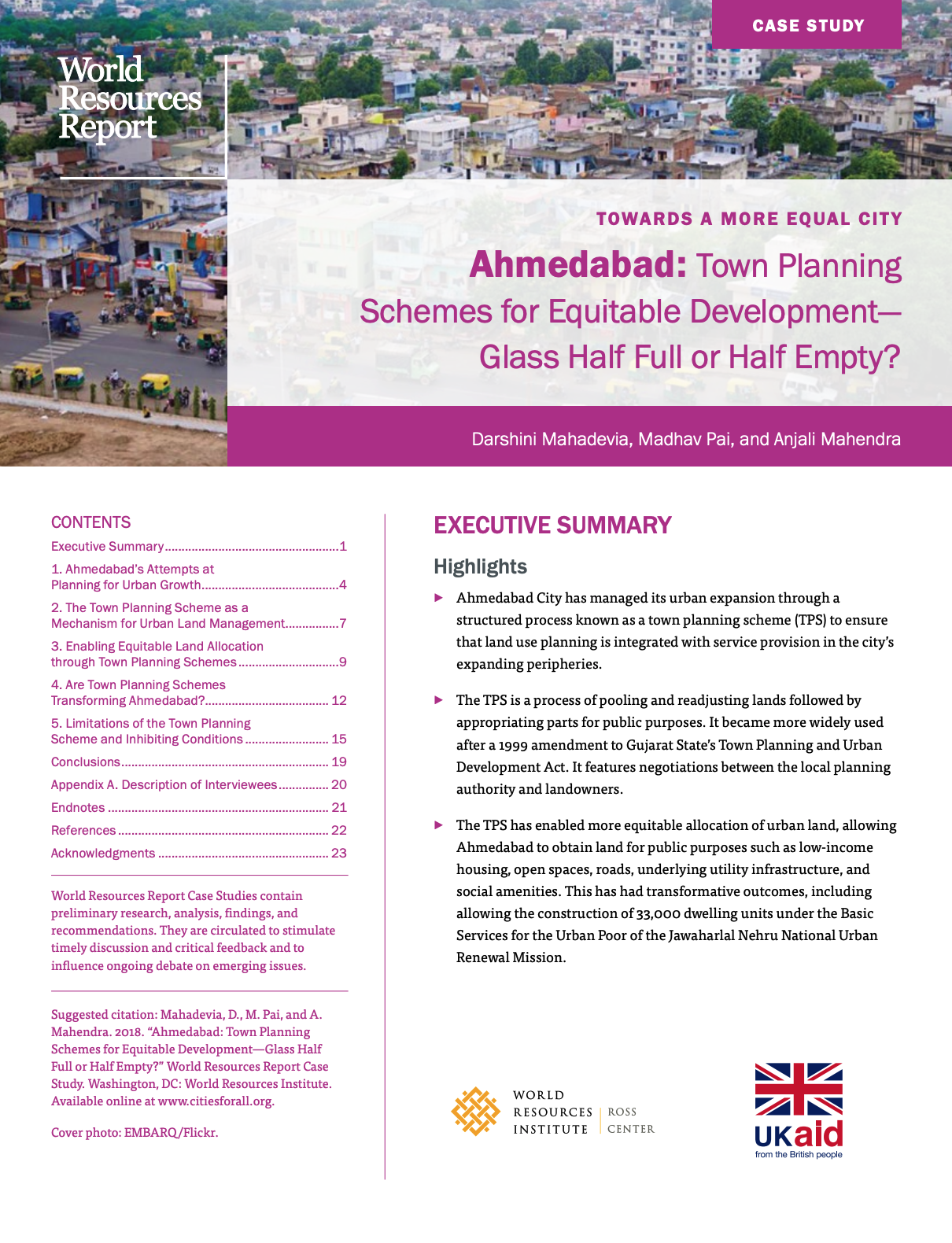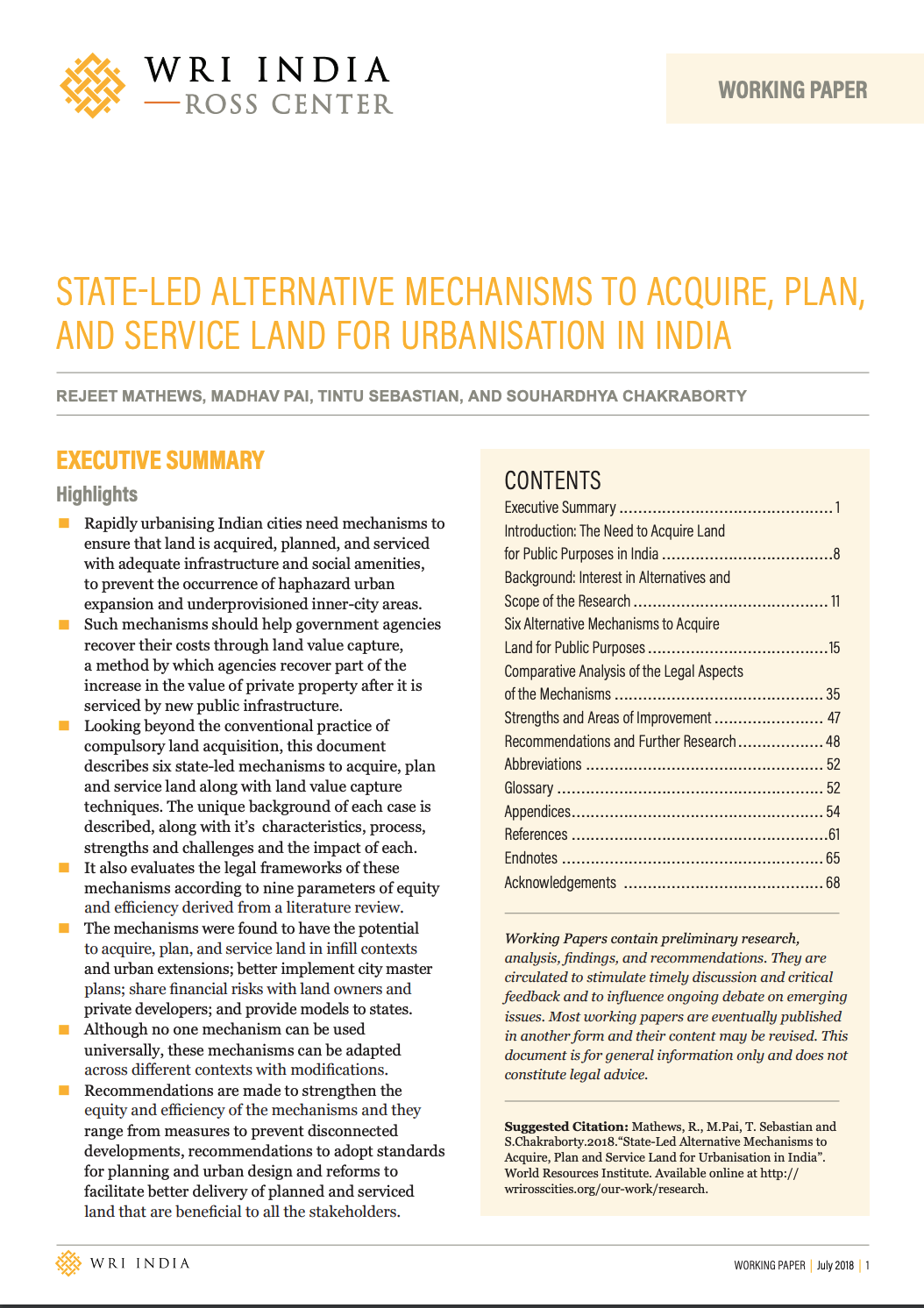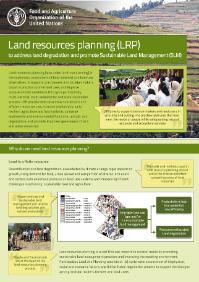Land-use planning for REDD+
Land-use planning is increasingly being recognized as a central part of the formulation and implementation of strategies to reduce deforestation and forest degradation, contributing to both climate change mitigation and adaptation. Conflicting interests and competition over land and resources have been major driving forces of forest conversion, with increasing pressure due to population growth, degradation of lands, economic interests and, not least, the impact of climate change.











